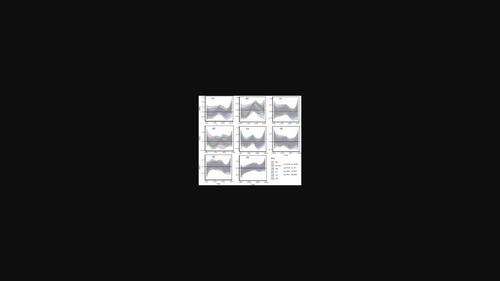当前位置:
X-MOL 学术
›
Int. J. Climatol.
›
论文详情
Our official English website, www.x-mol.net, welcomes your
feedback! (Note: you will need to create a separate account there.)
Differences in drought evolution as portrayed for China using various evapotranspiration models and drought indices
International Journal of Climatology ( IF 3.5 ) Pub Date : 2022-08-10 , DOI: 10.1002/joc.7829 Huaijun Wang 1, 2 , Lei Cao 1, 2 , Xinchuan Li 1, 2 , Ru Feng 1, 2 , Peng Zheng 3
International Journal of Climatology ( IF 3.5 ) Pub Date : 2022-08-10 , DOI: 10.1002/joc.7829 Huaijun Wang 1, 2 , Lei Cao 1, 2 , Xinchuan Li 1, 2 , Ru Feng 1, 2 , Peng Zheng 3
Affiliation

|
Drought, a slow-growing natural disaster that affects large areas worldwide, has serious social and economic consequences. There is compelling evidence to suggest that drought will be more prevalent in various regions in the future, due to the impact of climate change. Evapotranspiration is an important drought evolution control factor, and various evapotranspiration models show different drought evolution trends. In the study described here, meteorological data from 840 Chinese weather stations, for 1960–2018, were used to estimate potential evapotranspiration (PET), using the Thomthwaite (TH), Hargreaves (HG), Priestley–Taylor (PT), Penman and Penman–Monteith (PM) models. We then compared various drought indices (the standardized precipitation index [SPI], the standardized precipitation evapotranspiration index [SPEI], and the Palmer drought severity index [PDSI]), calculated using inputs from the five evapotranspiration models. The results showed that (a) evapotranspiration means and trends, as estimated by the five PET models, were significantly different, with Penman giving the highest estimate while TH the lowest. Differences between the PET model outcomes reduced under climate warming scenarios; (b) significantly different evapotranspiration models and drought indices can give rise to varied results, with the climate becoming wetter under the Penman and PM models (especially in western northwest China and eastern south China), and drier under the TH model; (c) the different drought forecasts obtained using the evapotranspiration models decreased with increasing precipitation, for all regions; (d) the SPEI is more suitable for drought monitoring compared with PDSI due to the higher sensitive to the choice of evapotranspiration model of SPEI; and (e) SPEI-PM and SPEI-Penman is the best drought indices in all regions. SPEI-PT and SPEI-HG can be applied in regions with relatively abundant precipitation (northern north China, southern north China, eastern south China, western south China, and Tibetan Plateau), and SPEI-PM and SPEI-Penman can be suitable for drought monitoring in arid and semi-arid regions (western northwest China and eastern northwest China). The results presented herein are expected to aid in the selection of a proper drought index for disaster assessment.
更新日期:2022-08-10









































 京公网安备 11010802027423号
京公网安备 11010802027423号